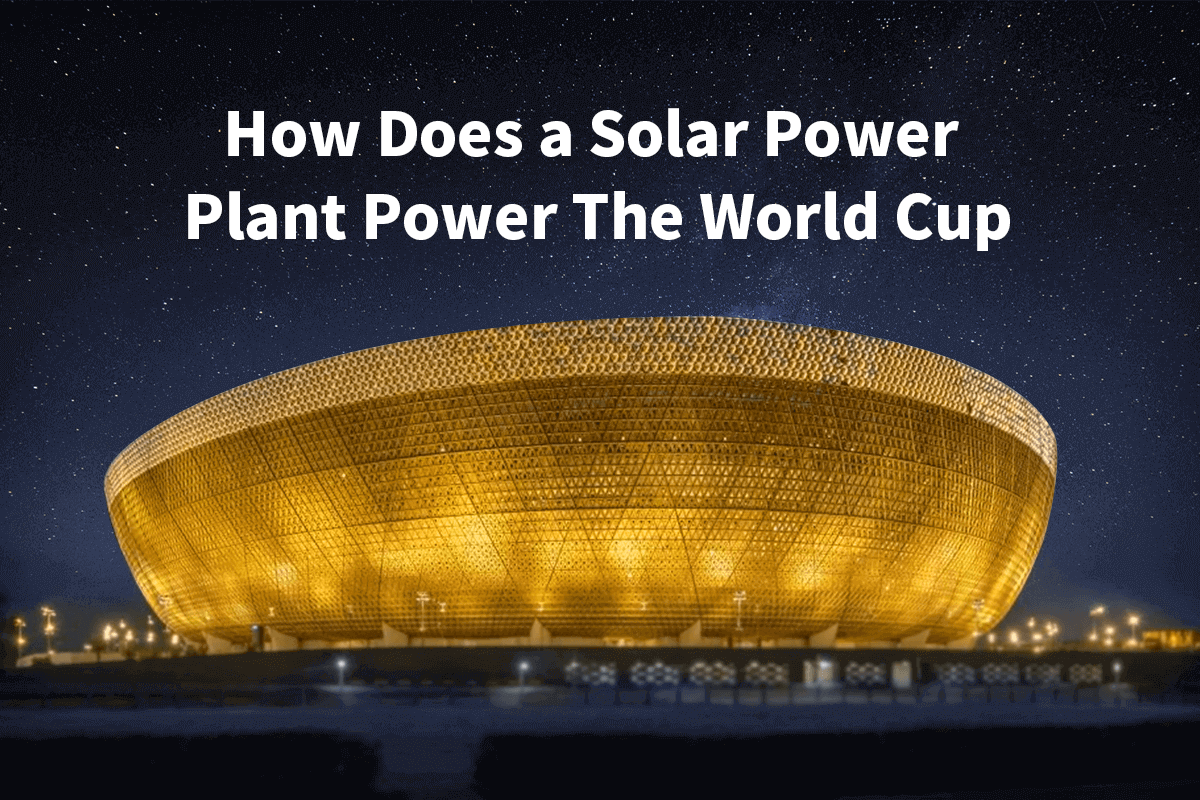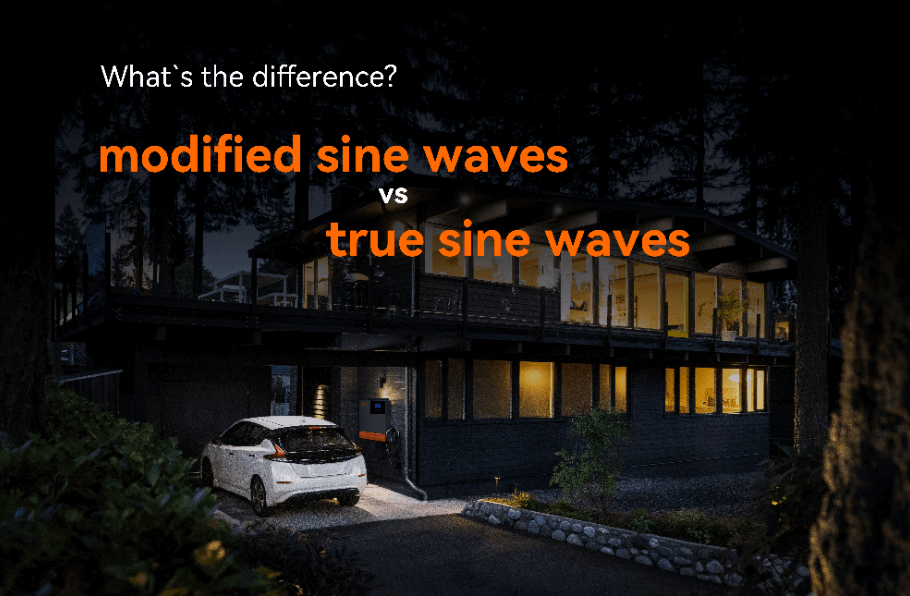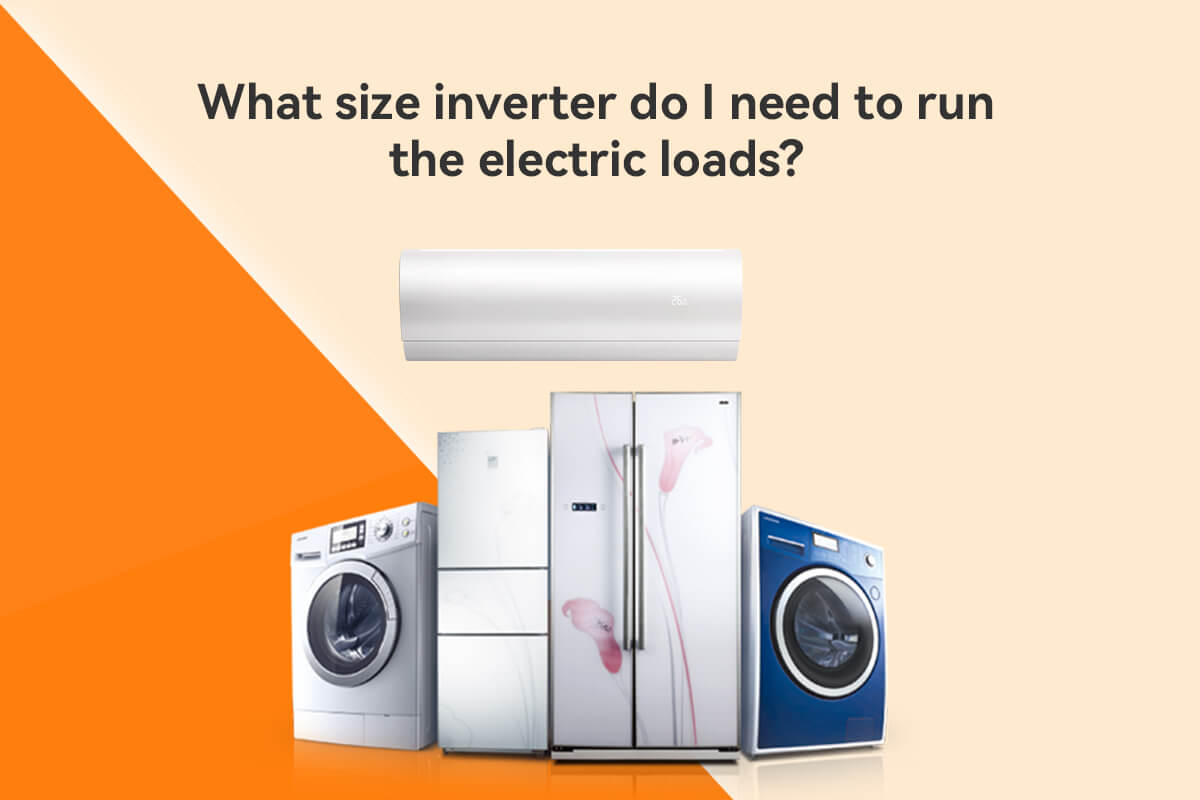At present, the world is facing a severe test of energy transition. In order to reduce greenhouse gas emissions and the dependence on fossil energy, the development of renewable energy has become crucial.
As early as 2008, Qatar released the "National Vision 2030 "aiming to build Qatar into a country with sustainable development, strong international competitiveness and high living standards. It can be said that it is the consensus of the world to reduce carbon emissions and achieve the goal of carbon neutrality.
In the FIFA World Cup Qatar 2022™, Qatar has created a precedent in the field of new energy photovoltaic power generation! According to the Supreme Committee for Delivery & Legacy (SC) carbon emission reduction from the Al Kharsaah solar power plant will be used to offset approximately half of the emissions generated by the country's hosting of the FIFA World Cup. Let's take a look at how does the solar power works and realizes the sustainability goal.
What is a solar power plant?
Solar power generation is divided into photothermal power generation and photovoltaic power generation.
Solar thermal power plant
The solar thermal system converts solar energy to thermal energy concentrating sunlight by means of curved (U-shaped) mirrors. After a series of synergistic actions by heat exchangers, gas turbines, generators, cooling devices, devices, circuit monitoring devices, heat collection pipes, the collected solar energy is converted into thermal energy.
This process results in the formation of an intermediate product, namely steam, which is able to facilitate the operation of the thermal circulation system, converting thermal energy into electrical energy to supply electricity to the public.
Photovoltaic solar power plant
Photovoltaic solar power plant directly converts solar photovoltaic energy into electricity without the need for a thermal process.
Photovoltaic solar systems are usually composed of photovoltaic solar panel arrays, battery banks, controllers, inverters, and AC distribution equipment, etc.
Photovoltaic power generation is based on the principle of the photovoltaic effect, where photons cause the leap of electrons and the form of potential difference. After that, solar cells convert the sun's energy directly into electricity, which in turn generates direct current.
Solar photovoltaic system is characterized by its high reliability, easy maintenance, long life span, environmentally non-polluting.This is due to the fact that solar PV systems are extremely simple, mainly consisting of electronic components and containing no mechanical parts.
So, solar photovoltaic power farms are more popular than solar thermal power plants. For instance, half of the electricity for the World Cup in Qatar was provided by solar PV power plants.
How do solar power plants work?
Qatar is a typical peninsular country with a typical tropical desert climate with low annual rainfall, very high temperatures. Most of its area is mostly made up of flat, low-lying desert, which makes it a satisfactory site to build a solar power plant.
The Al-Kharsaah Solar Plant works in the same way as a general solar power station and a photovoltaic solar farm in the community.

It's just that it is very large in scale, covering an area of 10 square kilometers (equivalent to about 1,400 football fields), using a total of 2 million half-cut bifacial solar modules mounted on additional single-axis photovoltaic trackers for catching both of the direct sun light and the reflected from the ground. Then the generated DC current is converted into AC by 3,240 installed string inverters, which are connected to the grid at full capacity.
FAQs on solar power plant
How much does a solar farm cost?
According to U.S. Solar Market Insight Report, it usually costs between $0.89 and $1.01 per watt to build a solar farm. That said, it would cost between $890,000 and $1.01 million to build a 1 megawatt (MW) solar farm.
But solar power farm can not only help reduce carbon footprint, but also save money on utility bills. Plus, rebates and incentives like the federal solar tax credit offset the cost of building a solar power farm. However, this depends on many factores, including electricity usage, local electricity rates, and the size of solar system.
How to maintain the solar power plant
Correct maintenance can not only ensure the efficiency of the solar power plant but also extend its life span. The maintenance measures of photovoltaic solar power plant can be summarized as follows:
-
Maintenance of solar panels and brackets:
The surface of solar panels should be kept clean and should be wiped with dry or wet soft and clean cloth. Regularly check the stability of the bracket and replace the damaged parts in time.
-
Maintenance of the inverter:
Power-off inspection to ensure that the modules, reactors, AC output side (grid side) circuit breakers, and cooling fans of the transformer in the inverter can start and stop automatically according to the temperature. If the DC bus capacitor has exceeded its life expectancy, it should be replaced in time.
-
Maintenance of cables:
Correctly connect the cables with the equipment. The cable insulation should not have perforations, cracks and obvious unevenness, and the temperature of the cable should not be too high.
How many acres do I need for a 5mv solar power plant?
We usually require space of at least 30 to 40 acres for a 5mv solar power, but it’s advisable to increase the size of the system by 15-20% to avoid insufficient solar light sources and energy losses from current transmission resulting in insufficient electricity to meet household energy needs.



